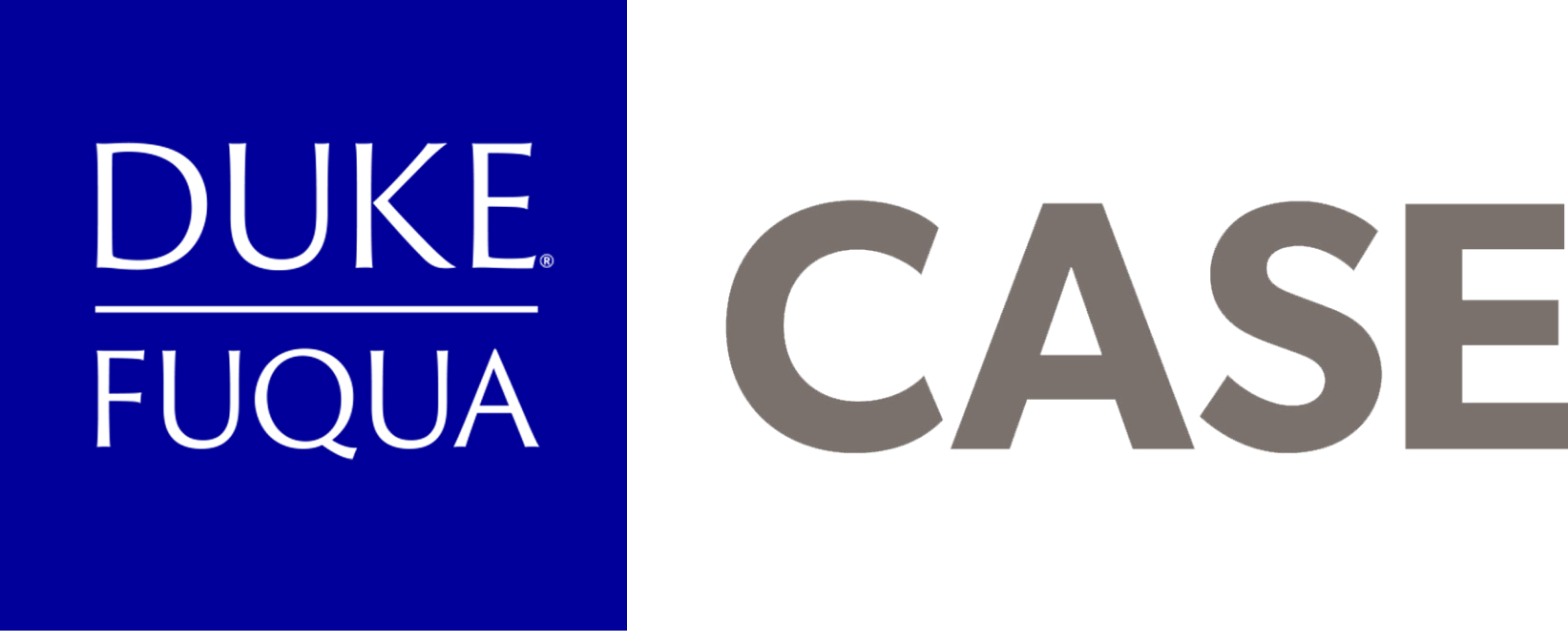This post was written in August 2013 by Zack Kaplan, a rising second year, who interned the International Partnership for Innovative Healthcare Delivery (IPIHD) with the support of the Summer Internship Fund.
When people in the United States speak about healthcare, they usually focus on problems such as billions in wasted dollars, provision of unnecessary care and lack of transparency across the system. The solutions to these problems are complex, but there is a good amount that we in the U.S. can learn (and take) from the successes of various healthcare innovations around the world.
One country that has become a hotbed of healthcare innovation is India where organizations like Narayana Hrudayalaya and Aravind Eye Hospitals have found ways to provide extremely cost-effective, high quality care to people of all income levels across numerous geographies. While the Indian healthcare system has its own structural problems around lack of access and workforce shortages, these organizations and others like them in India provide a glimpse at what a transparent and efficient approach to healthcare can look like.
I had the opportunity this summer to visit Bangalore, India for five weeks to work with another Indian healthcare innovator – a hospital chain called Vaatsalya (one of the 2013 SEAD cohort members). This experience was part of my work as a summer intern with the International Partnership for Innovative Healthcare Delivery (IPIHD), a Durham-based non-profit organization founded by the World Economic Forum, Duke Medicine and McKinsey & Company to increase global access to healthcare by helping innovative care delivery organizations scale up their operations.
Vaatsalya’s model attempts to solve two healthcare access challenges in India. First, 70% of the population lives in rural areas while 80% of the hospitals are located in cities and large metropolitan areas. Second, close to 90% of healthcare demand in the country is for primary and secondary care while 70% of hospitals provide only more lucrative tertiary care offerings like cardiac surgery and cancer management. Vaatsalya helps to fill these gaps by operating hospitals only in rural and semi-urban parts of India. Furthermore, each of its 17 hospitals offers the primary care, pediatric, gynecological, and general surgery services that are so desperately lacking in these parts of the country.
As Vaatsalya continues to grow, it is looking for ways to expand its impact without necessarily having to build expensive new hospitals. This is the question I spent the majority of my internship looking at. Specifically, based on visits to hospitals and discussions with doctors and other local experts, I developed a plan for Vaatsalya to provide health education, preventive screening, and hospital referrals, when necessary, to students at rural schools in the Indian state of Karnataka. I spent my time thinking through issues around the appropriate curriculum and scope of services, the workforce necessary to operate the program, and the likely financial impact of the initiative. Furthermore, I created a data collection strategy whereby location-by-location information about health conditions, health expenditures and medical histories could be collected as part of the curriculum. In U.S.-centric terms, this effort forms the foundation for a population health management program that, in addition to providing social impact, will give Vaatsalya the data necessary to tailor its service offerings and hospital locations to the needs of local populations.
Once I returned back to Durham, I worked out of IPIHD’s American Tobacco Campus offices to write a case study on Vaatsalya, focused specifically on how a community screening program (and by implication, other population health approaches) can fit within and support a healthcare provider network. While it is focused specifically on Vaatsalya and India, this case has implications for health systems around the world, especially in the U.S., where the use of population data to inform provider decisions is still in its infancy and is the focus of some of the innovation happening here in the healthcare industry.
I am very appreciative of the Summer Internship Fund for providing me the opportunity to work with IPIHD and Vaatsalya. It was an amazing global experience that complemented my Health Sector Management program studies at Fuqua, provided exposure to social entrepreneurship in action, and gave me a new context from which to evaluate the healthcare challenges and innovation occurring in the U.S. today.
The Summer Internship Fund (SIF) enables first year Duke MBA-Daytime students to learn about the rewards and challenges of social sector management without making a significant financial sacrifice. In addition, the program enables organizations that otherwise could not afford to hire MBA student interns to benefit from students’ expertise. The SIF has supported more nearly 150 students, distributed approximately $430,000, and helped to further the mission of many nonprofit and government organizations. Funds are raised through student fundraising and from donors who believe in the mission of the program. If you would like to contribute, you can donate online using your credit card.


